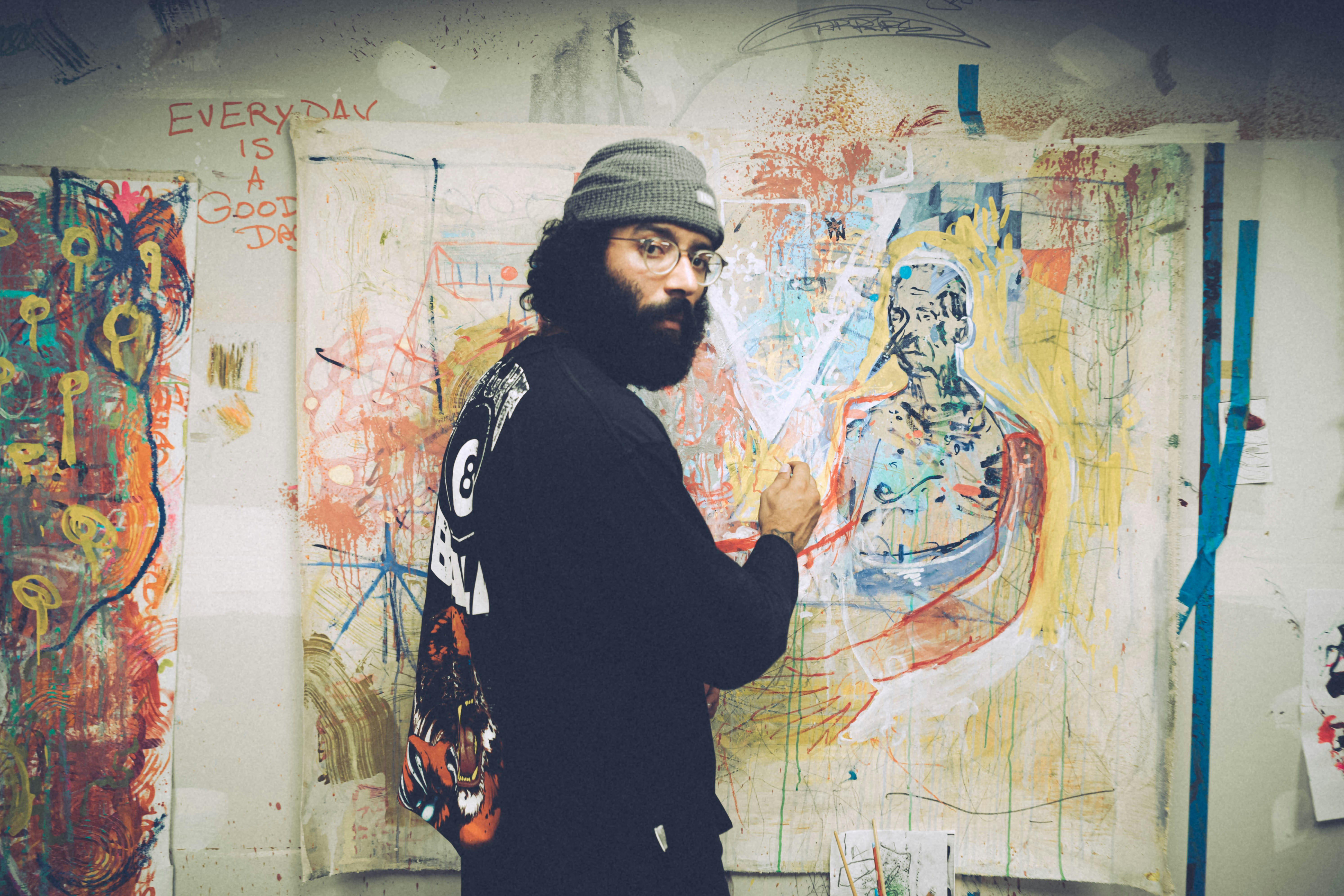Like the rest of us, you will have heard the term “Creator Economy”. You may have even googled it and found that it is commonly and increasingly being used liberally to describe influencer marketing, creator-led content, and all things in between. But what makes it an economy?
As economies run on supply and demand, the growing appetite for social content, whether in long or short form, has created countless opportunities for creative entrepreneurs to generate a few bucks by serving a content-hungry user base. Amidst the various definitions of the creator economy online, three foundational elements prevail: content creators, online platforms, and audiences, on top of the capacity for income generation. A comprehensive definition of the creator economy has it as an online ecosystem in which individuals, also known as 'creators,' leverage digital platforms and technologies to produce and distribute content to people who seek it.

In image above: Anthony Nghayoui, Social Media Lead at Omnicom Media Group MENA.
So, how well is it doing? In traditional media, the ability to reach mass audiences was kept and preserved in a few outlets, as were power and influence. Web 2.0 allowed individuals to grow their personal brands and build communities around them. It has empowered creators to become standalone media channels and provided them with equal opportunities to build direct one-to-many relationships and get their messages across. As social media platforms continue to evolve into entertainment hubs, video feeds are crucial for them to keep attracting ad revenues and winning the fight for user attention. Such platforms have been crowdsourcing high volumes of quality content across countless of verticals to feed into their distribution algorithms and tailor to each of their users' interest segments.
Social and video platforms like YouTube, Instagram, TikTok, and Twitch have all established several commercial opportunities for creators to lure them into producing quality content that fits natively in their apps. YouTube was one of the earliest video platforms to offer ad revenue sharing, while also being the first to use the word "creator" when referring to its contributors. Meta and TikTok have been sending creators out on quests to create content for specific topics or campaigns in return for financial compensation through Meta's challenge bonus program and TikTok's branded mission. Twitch and Meta developed virtual currencies for "fan love", bits and stars respectively, and pay creators a small sum each time a fan hits a button in support of their favorite online stars. Finally, there's the donation model used by the likes of Patreon and the subscription model present on Twitch and Substack, where creators can earn while bypassing traditional intermediaries.
Is there still some fuel in the tank, you ask? Creator marketing, aka influencer marketing, is arguably the ultimate driver for creators in this economy as it presents them with a substantial revenue stream to boost their content and support their livelihoods. Today, advertisers and brands realize the importance of creators as they represent a novel way of conveying branded messages that seamlessly cut through the social media noise. The value of creator partnerships comes from their reach and ability to capture attention by breaking away from the brand's tone of voice. They have the flexibility to use various styles that brands may find challenging to replicate, like certain types of humor that might be perceived as edgy coming from a brand or colloquial language that breaks the standard communication approach, allowing them to inject authenticity and personality and stand out in their branded messaging. This does not signify that creator-led content should substitute the brand's tone, rather both voices must coexist as each has its own distinct advertising value. In fact, research published by the IAB in December 2023, which studies the differences in consumer and advertiser perception between brand content (or studio content) and creator content, revealed that branding campaigns create more long-term memorability while creator content had the ability to shorten the path to purchase (1.23x more likely to generate a recent purchase).
The fact these developments are taking place is proof there is growth in the creator economy. In our group alone, we have implemented several initiatives, starting with adequate KPI settings and advanced measurement capabilities that go beyond simple media metrics. For example, we measure brand uplift, sentiment, or share of voice for upper funnel activity and utilize advanced attribution for the lower funnel. We have also recently announced unprecedented partnerships with major social and commerce platforms (TikTok, YouTube, Meta, and Amazon), significantly enhancing our creator planning capabilities. Additionally, we have implemented an AI-powered creator planning module into our Omni platform, a technology used by our agency staff for data-powered insights, planning, activation, measurement, and more.
The field of creator marketing is growing steadily and has yet to reach its peak. The relationship between creators and brands has not always been plain sailing. Advertisers are used to a set of standardized metrics in media planning and reporting, which are often absent in influencers’ language. For the betterment of the overall creator economy, it's essential for creator marketing to grow into its ‘adulthood’, where it gets held to the same rigorous standards as other media channels, scrutinizing its marketing effectiveness and cost efficiency, among other things.
The creator economy functions as a cycle where social and other online platforms invest in content to sell consumer attention to advertisers. Quality content is a valuable commodity, and creators can access several monetary incentives from social platforms or brands, which keeps the wheel turning. This is an economy that stands on solid foundations and will keep running as long as there's an appetite for content, in any way, shape, or format.






